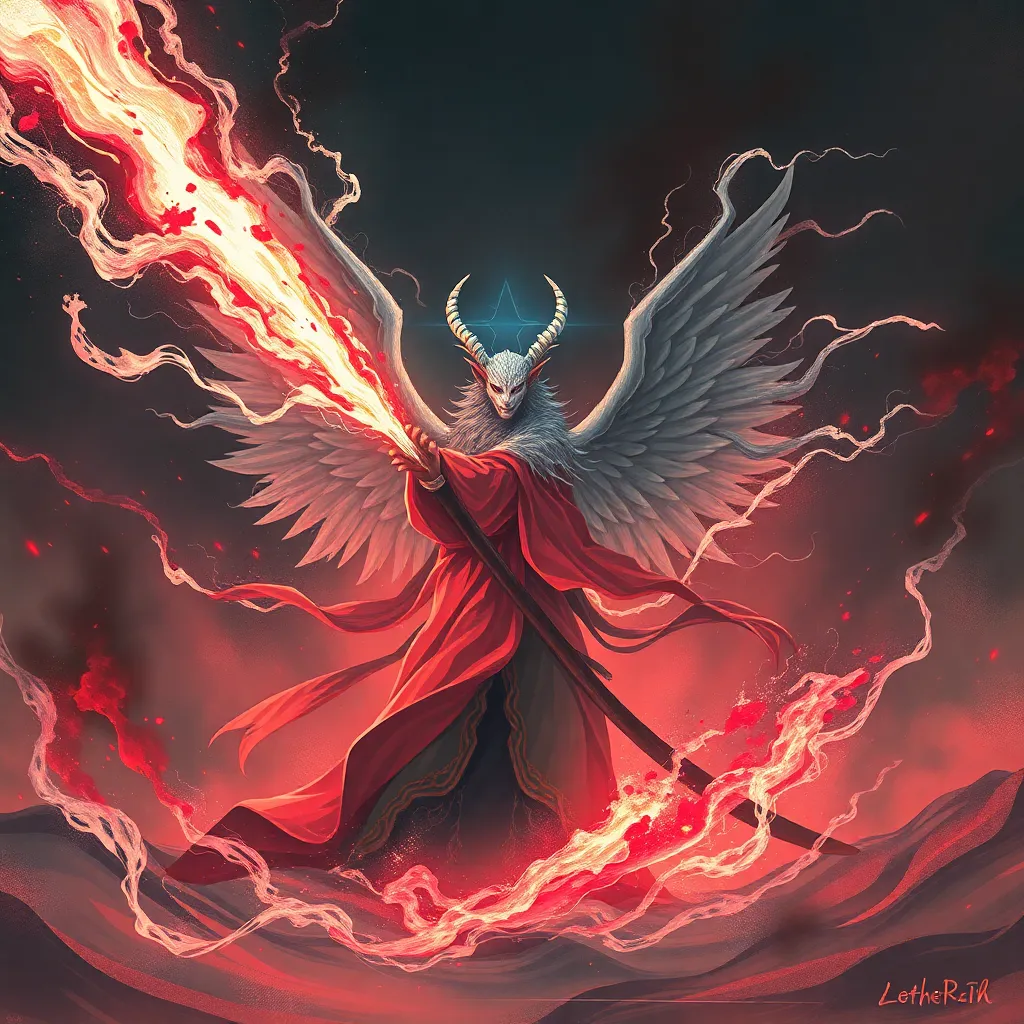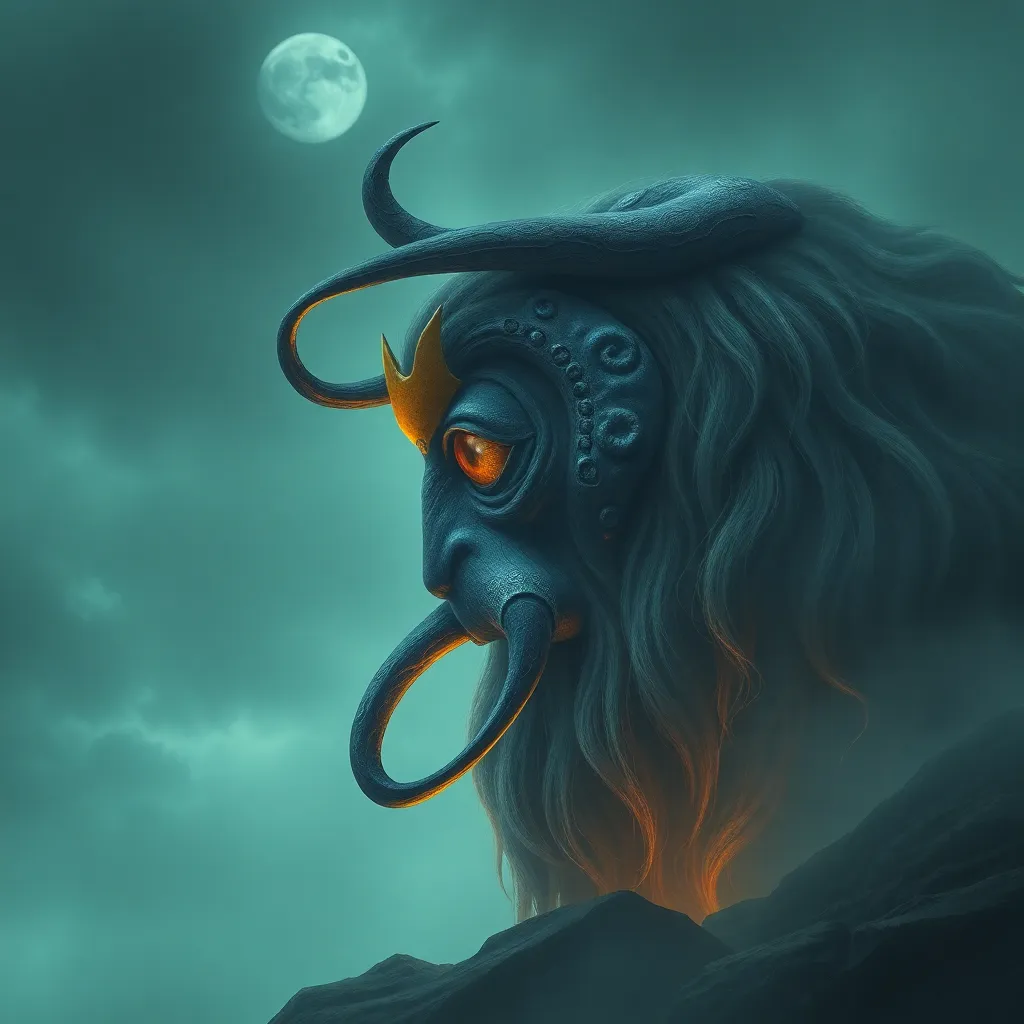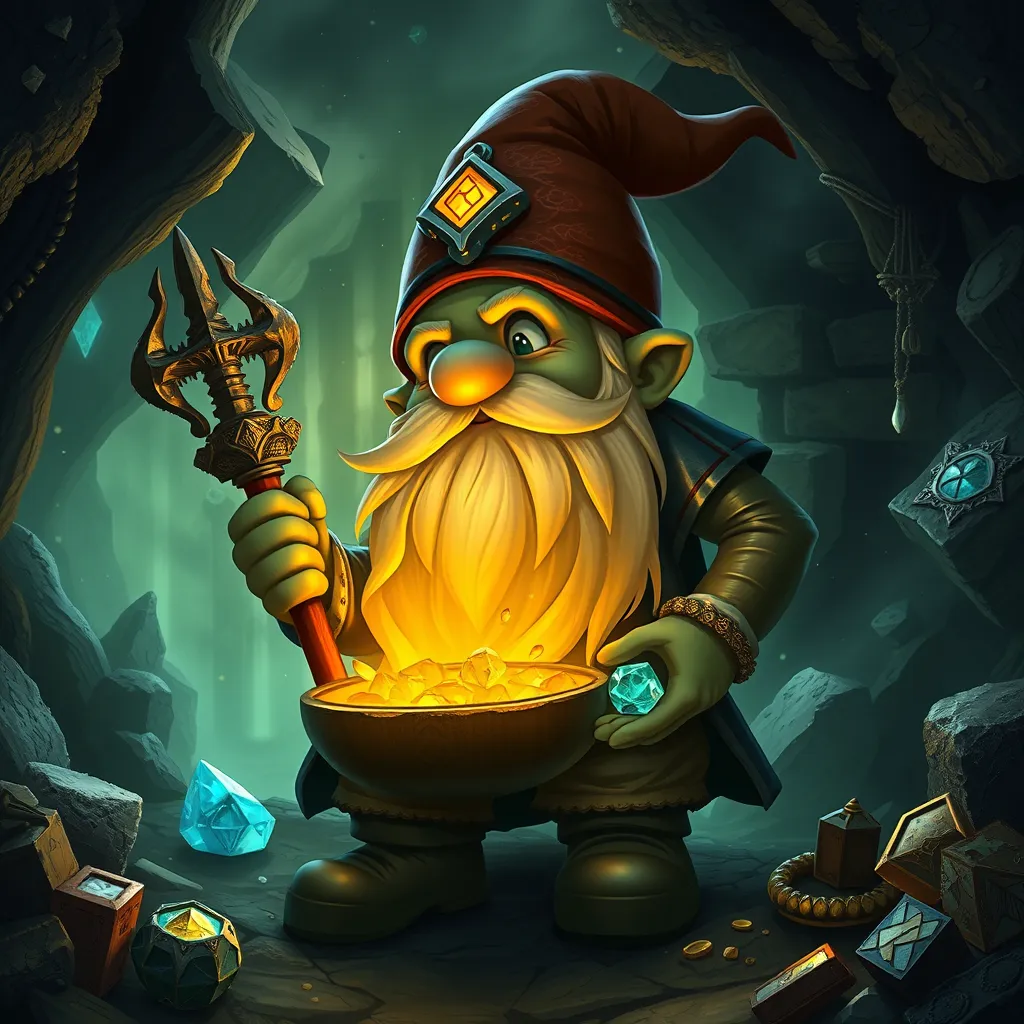The Wrath of the Deceased: Examining the Role of Vengeance in Korean Yurei Lore
I. Introduction
The concept of Yurei, or spirits of the deceased, plays a significant role in Korean culture, reflecting deep-rooted beliefs about life, death, and the consequences of unresolved grievances. In essence, Yurei are characterized by their inability to find peace after death due to their unfulfilled desires or traumatic experiences during their lifetimes. This article delves into the themes of vengeance prevalent in Yurei lore, highlighting its cultural significance and the moral lessons embedded within these narratives.
II. Historical Context of Yurei in Korean Folklore
The origins of Yurei beliefs can be traced back to ancient Korean traditions, where the reverence for ancestors and the belief in spirits were deeply intertwined. Historical records indicate that the concept evolved through various dynasties, notably during the Goryeo and Joseon periods, where Confucian values began to dominate societal norms.
As Yurei narratives developed, they were influenced by:
- Shamanistic practices that emphasized communication with the spirit world.
- Buddhist teachings on the cycle of life and rebirth.
- Confucian principles that stressed the importance of familial bonds and respect for ancestors.
III. Characteristics of Yurei
Yurei are often depicted with distinctive physical and spiritual attributes that set them apart from living beings. Common characteristics include:
- Appearance: Yurei are typically portrayed as pale, with long hair and white garments, reflecting their connection to the afterlife.
- Spiritual Essence: They are believed to possess unfinished business that binds them to the earthly realm.
The motivations behind vengeance among Yurei can be categorized as follows:
- Desire for justice: Many Yurei seek retribution for wrongs committed against them.
- Unfulfilled emotions: Feelings of love, betrayal, or grief can drive their need for vengeance.
It is important to distinguish between benevolent and malevolent Yurei. While some spirits seek to protect their loved ones or deliver messages, others may embody darker intentions, driven by bitterness and rage.
IV. The Role of Vengeance in Yurei Stories
The theme of revenge is prevalent in numerous Yurei tales, often serving as a catalyst for the narrative. Common themes include:
- Retribution against those who wronged the Yurei in life.
- The consequences of ignoring or disrespecting the dead.
- The eventual resolution and peace that can be achieved through addressing grievances.
Notable Yurei stories illustrate these themes, such as:
- The tale of a woman wronged in love who returns as a vengeful spirit, haunting her betrayers.
- A story of a soldier who, after dying in battle, seeks vengeance against those who led him to his fate.
These narratives often impart moral lessons, emphasizing the importance of justice, respect for the deceased, and the dangers of unresolved emotions.
V. Cultural Significance of Yurei and Vengeance
The impact of Yurei tales extends beyond mere storytelling; they reflect societal values and the collective psyche of a culture. Key aspects include:
- The reinforcement of social norms regarding respect for ancestors and the consequences of dishonor.
- The exploration of human emotions such as grief, anger, and the desire for justice.
- Yurei narratives serve as cautionary tales, warning about the potential chaos arising from ignoring the deceased’s unresolved issues.
By addressing vengeance, these stories also contribute to maintaining social order, fostering a sense of accountability among individuals and communities.
VI. Modern Interpretations of Yurei and Vengeance
In contemporary society, Yurei themes have found new life in literature and media. Modern adaptations often explore traditional narratives while incorporating current societal issues. Examples include:
- Films that depict Yurei in urban settings, blending horror with social commentary.
- Literature that reinterprets classic Yurei stories, focusing on psychological depth and emotional complexity.
The resurgence of interest in Yurei-themed narratives highlights their relevance in today’s society, as themes of vengeance and justice resonate with audiences grappling with similar issues in the modern world.
VII. Psychological Perspectives on Vengeance and the Deceased
The psychological motivations behind vengeance in folklore are profound. Many Yurei stories reflect unresolved grievances that haunt the living, illustrating how:
- Unaddressed emotions can lead to cycles of pain and retaliation.
- Feelings of injustice can manifest in both the living and the deceased, affecting community dynamics.
Addressing these narratives can have therapeutic potential, allowing individuals and societies to process grief and anger, ultimately leading to healing and closure.
VIII. Conclusion
In summary, the exploration of Yurei and the role of vengeance in Korean lore reveals a rich tapestry of cultural narratives that address fundamental human emotions and moral dilemmas. These stories serve as powerful reminders of the consequences of unresolved issues and the importance of justice and respect for the deceased.
As we reflect on the enduring legacy of Yurei lore, it becomes clear that understanding these cultural narratives is crucial in navigating our modern lives, offering insights into the complexities of human relationships and the impact of vengeance.



